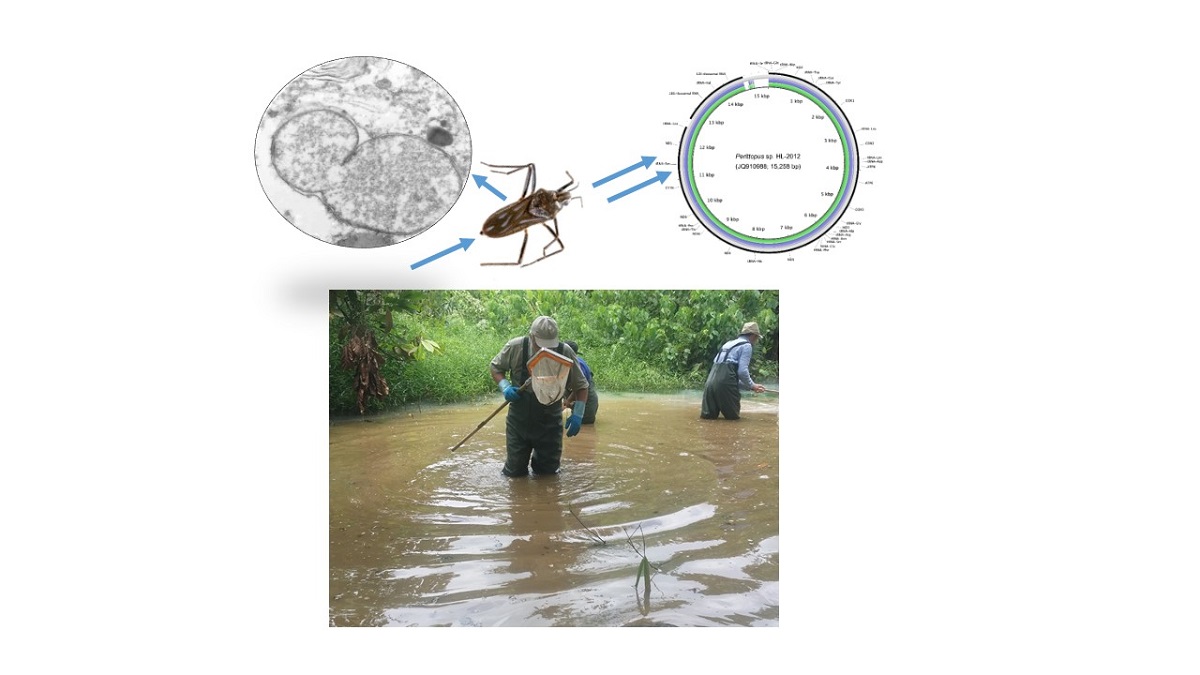Preprint
Article
Aquatic Hemiptera in Southwest Cameroon: Biodiversity of Potential Reservoirs of Mycobacterium ulcerans and Multiple Wolbachia Sequence Types Revealed by Metagenomics
This version is not peer-reviewed.
Submitted:
01 August 2019
Posted:
02 August 2019
You are already at the latest version
Abstract
Buruli ulcer (BU), caused by Mycobacterium ulcerans, is a neglected tropical disease associated with freshwater habitats. A variety of limnic organisms harbor this pathogen, including aquatic bugs (Hemiptera: Heteroptera), which have been hypothesized to be epidemiologically important reservoirs. Aquatic Hemiptera exhibit high levels of diversity in the tropics, but species identification remains challenging. In this study, we collected aquatic bugs from emerging foci of BU in the Southwest Region of Cameroon, which were identified using morphological and molecular methods. The bugs were screened for mycobacterial DNA and a selection of 20 mycobacteria-positive specimens from the families Gerridae and Veliidae were subjected to next-generation sequencing. Only one individual revealed putative M. ulcerans DNA, but all specimens contained sequences from the widespread alpha-proteobacterial symbiont, Wolbachia. Phylogenetic analysis placed the Wolbachia sequences into supergroups A, B and F. Circularized mitogenomes were obtained for seven gerrids and two veliids, the first from these families for the African continent. This study suggests that aquatic Hemiptera may have a minor role (if any) in the spread of BU in Southwest Cameroon. Our metagenomic analysis provides new insights into the incursion of Wolbachia into aquatic environments and generates valuable resources to aid molecular taxonomic studies of aquatic Hemiptera.

Keywords:
Subject:
Biology and Life Sciences - Insect Sciencesupplementary.pdf (3.22MB )
Copyright: This open access article is published under a Creative Commons CC BY 4.0 license, which permit the free download, distribution, and reuse, provided that the author and preprint are cited in any reuse.
Alerts
MDPI Initiatives
Important Links
© 2025 MDPI (Basel, Switzerland) unless otherwise stated





